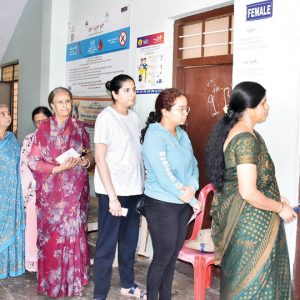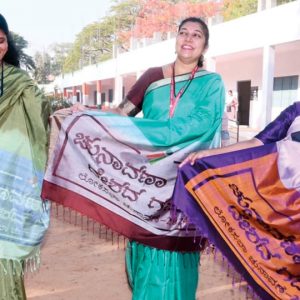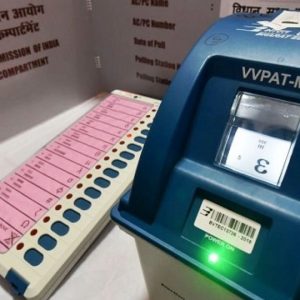Sparing time to draw an unending list of names by which people, places in the land and articles are identified as well as trying to know their various features such as when and how they took birth can be both fascinating and illuminating. Before dwelling further on the topic of names, the world of difference between naming for many purposes, including identification and hailing to draw attention, and name-calling makes it necessary to use the term without disturbing the hornet’s nest as it were. Name-calling, being a form of verbal abuse in which insulting an individual is the agenda, the free-for-all exchanges mutually hurled by the elected representatives of Legislative Assembly of Karnataka during the days and week before the war of words among them has just ended a couple of days ago serve as best example. On the other hand, focussing on the subject of naming places in particular across the land, a field in which Anthropologists and also Philologists excel may be considered as time well-spent.
While the structures in places of worship and sculpted idols therein across the country are portrayed as the work of its ancient people dating back to several centuries, pundits have taken the trouble of tracing their origins and also circumstances that led to naming them. In many such locations of shrines that draw devotees in large numbers, scholarly written booklets titled sthala purana (local legend) are given to visitors with a sense of pride. Where such ancient names have been changed by alien rulers in many places, the matter merits review.
Sentiment, attachment and sense of pride mark the desire to persist with the names of their respective territories on the part of residents tracing their identity with their ancestors of many centuries vintage and erase the names of those places changed by alien rulers, whoever they may be, particularly to establish their hegemony, cannot be denied. The measure of renaming 12 places in Karnataka recently, such as Gulbarga to Kalaburagi, Bijapur to Vijayapura, Bangalore to Bengaluru, Mysore to Mysuru and so on can be cited as examples of changing names without any hitch. Not so, the cases of change from Gurgaon to Gurugram and Allahabad to Prayagraj, that are justified on historical grounds.
If the principle of sons-of-the-soil has its meaning in matters of preference for livelihood, so also the principle of voice-of-the-people, indigenous as opposed to aliens, also has its meaning in retaining, read returning, to earlier names of their respective residential areas. Lastly, the not-so-often-heard call for changing the name of the land from India to Bharat may be the harbinger of naming places across the land as they ought to be, without resorting to name-calling.







Recent Comments